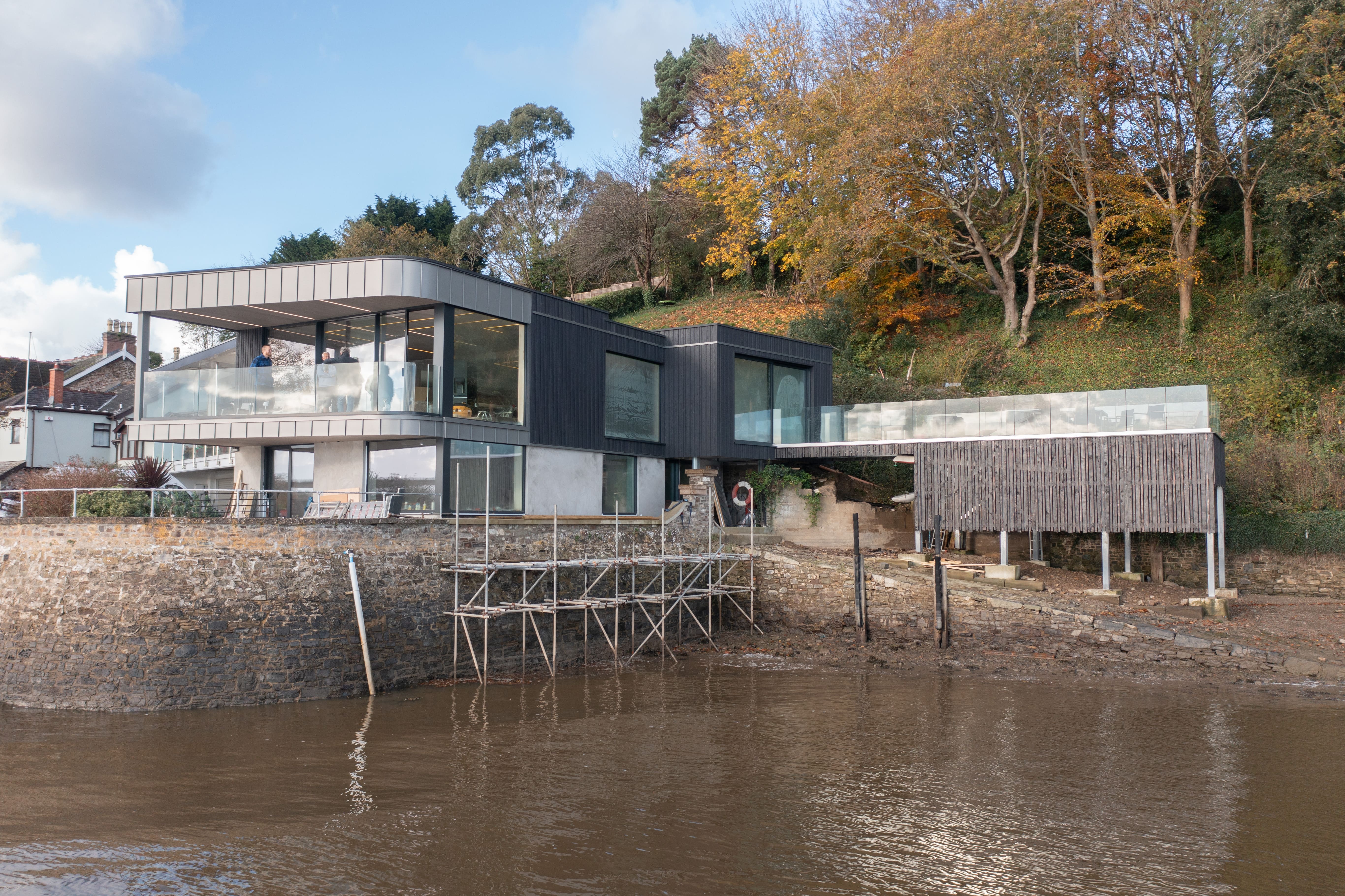
Field Barn, Cirencester
This formerly converted barn is to undergo an extensive extension and renovation project involving the addition of 3 new bedrooms, a new kitchen/dining area and new indoor swimming pool, sauna and gym, as well as a large garage extension for the clients' car collection. The use of sympathetic materials without discourging the application of contemporary design features creates a property synonomous of the cotswolds while also modernising it into a luxury, family home.
Project Location:
Cirencester, Cotswolds
Project Size:
790m2
Service:
Full RIBA Services
Completion:
2024
Field barn consists of the main dwelling, a gym/link building, a 2 bedroom cottage, 3 bay garage, tennis court, lakes and woodlood. It's a charming setting, beneftting from rural views, privacy and character, yet current configuration is disconnected from the garden and farmland beyond, therefore the repositioning of certain uses aims to establish a strong connection to the amenity space, add much needed natural light and access the rural views. The new glazed dining room protrudes from the building, following the line of the stone garden wall, with a glazed corner opening the space up to the lawn. This arrangement allows for freeflowing movement into and out of the main social spaces.
The concept for the design revolves around 4 primary themes: 1) Varying Heights - there is diversity in building heights avoiding a strict linear barn form in favour of different ridge levels as a way of breaking down the buildings, whether this is intensional or a result of organic erection. 2) Sporadic Openings - there is little/no consistency between openings (size, placement and/or shape). Openings were positioned functionally to suit the agricultural use and not for use as a future dwelling. 3) Stepping of Planes - often there is depth in the facade through the pushing an pulling of planes. This ensures some volumes are dominant, while others are subservient. 4) Absence of Symmetry - symmetry is rare given this wasn’t/isn’t a consideration when erecting crude, functional buildings. The organisation of volumes is aligned with their use/purpose.





.jpeg)
.jpeg)

